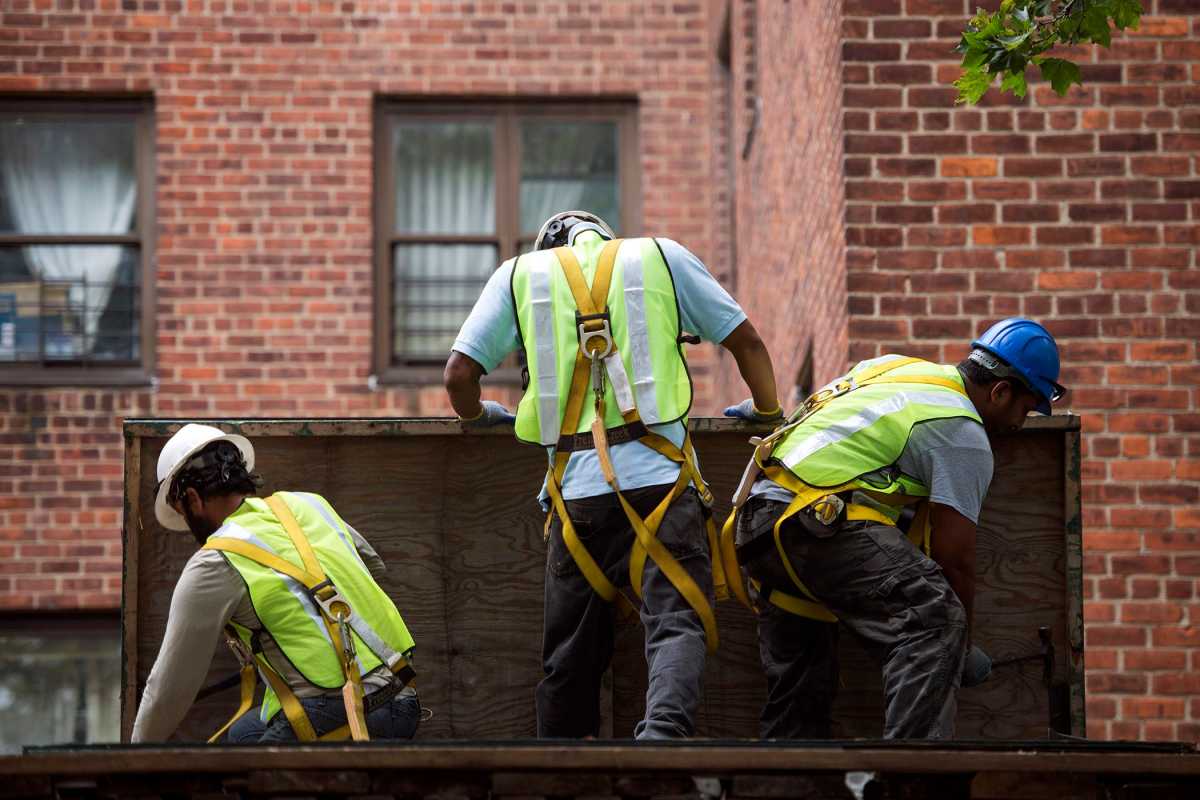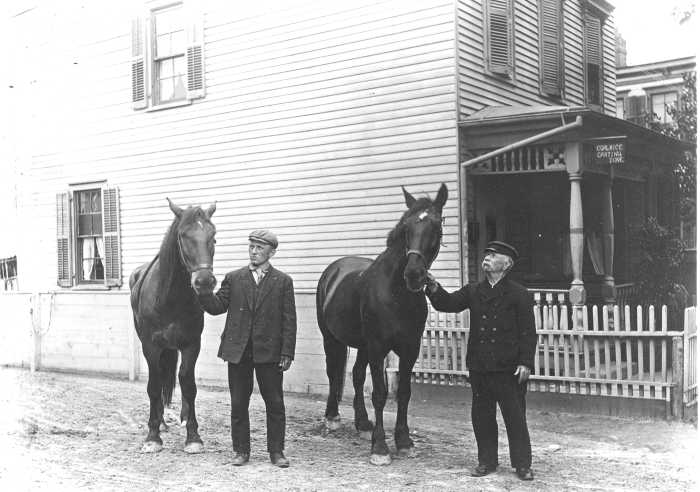NYCHA residents often report struggling to get the repairs and service requests they need in their apartments. A new program aims to fix that challenge.
Since October 26, the Ravenswood, Queensbridge, and Astoria Houses have become the first NYCHA complexes to decentralize their service order system and break off from the housing authority’s central repair center at 250 Broadway.

U.S. Rep. Carolyn Maloney (D-Manhattan, Brooklyn, Queens), a longtime advocate of such a system, mourned how the current one wasn’t as good as the one during her time on the City Council decades prior.
“Back then, the system was that if you had a problem, if you had something that needed to be repaired, when you went to the NYCHA office at the development, and they had work crews and people there who could repair. It wasn’t a problem, people were getting their repairs,” she recalled.
Under the centralized system, tenants have been unable to get any issues with their apartments addressed.
“According to the residents, people don’t come. If they do come and the repair notice says `paint one wall,’ if the entire bathroom needs to be painted, they won’t paint it. They’ll just paint that one wall,” Maloney explained.
“Each little repair has to have a repair notice, and it’s not working. You could be an electrician and spend half your time traveling from Queens to Brooklyn to Manhattan to the Bronx, instead of being right there ready for repair.”
Following pressure to change the system, NYCHA Chair Greg Russ agreed to start a three-month pilot program in the Western Queens complexes. Each of them has an office with on-site repair professionals that are available five days a week.
Rochel Leah Goldblatt, a spokesperson for NYCHA, expressed optimism about the program.”By decentralizing skilled trades, which include staff who make in-unit repairs, and changing the work order system, staff have more time to work on site and create better relationships with management staff and residents,” she said.
“We look forward to using the results of the program to help shape NYCHA’s future and implement portfolio-wide changes to how NYCHA does repairs.”
Still, Maloney is eager to ensure the new program works as smoothly as possible. Referencing a conversation with a tenant association leader, she assured this reporter that despite progress on getting service orders completed, she should not get too complacent. “This weekend, I am going to go to the three projects and meet with tenants that got the repairs,” said Maloney.
“On Monday, I’m gonna go around all three developments and meet with the offices on how the program is working. It could be a game changer.”
She continued, acknowledging that she could not accomplish this alone. “I’d like to thank the head of NYCHA for giving me the opportunity to have the model program, and he says that if it’s successful, then they will expand it further into other developments throughout the five boroughs.”
[This story was originally posted on our sister site, Queens County Politics.]








